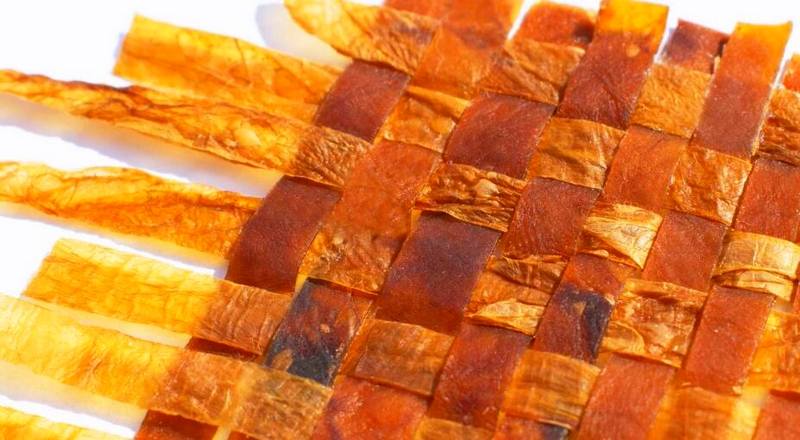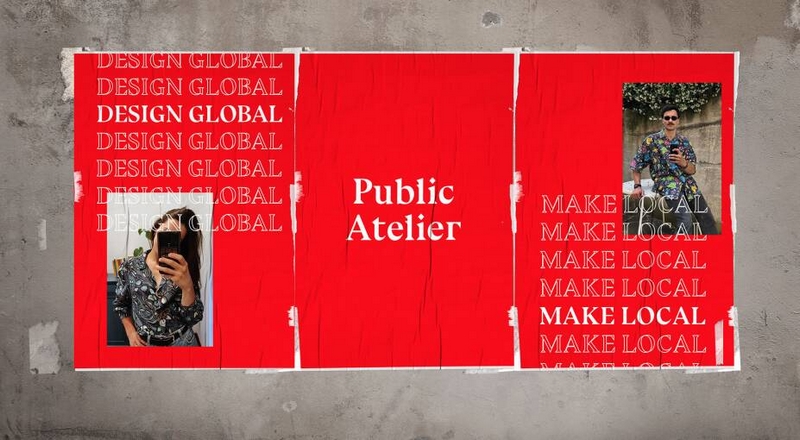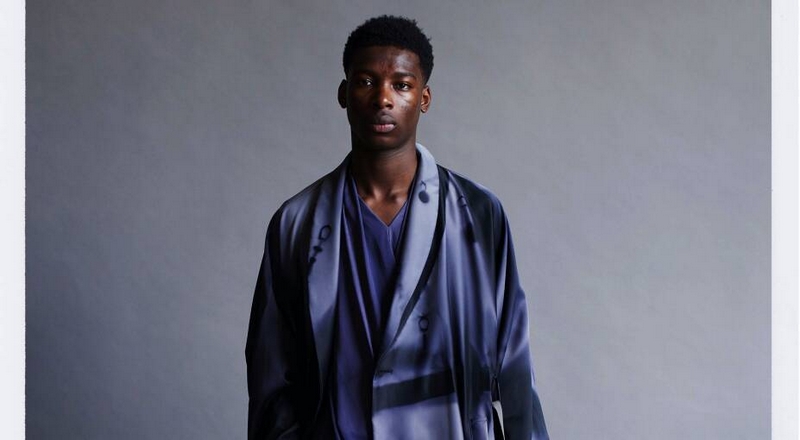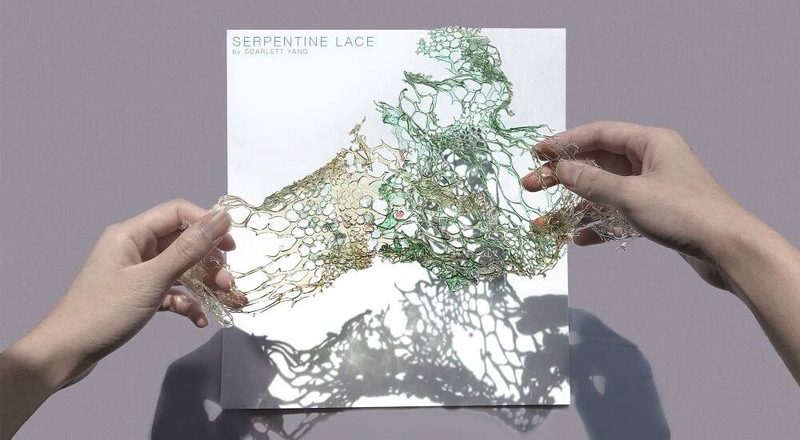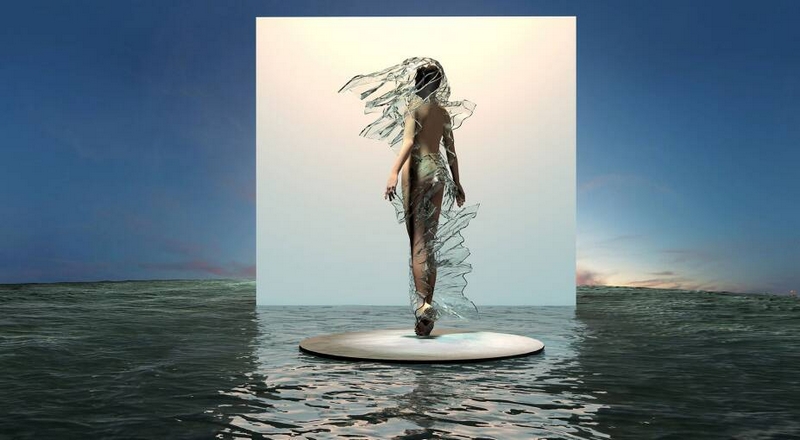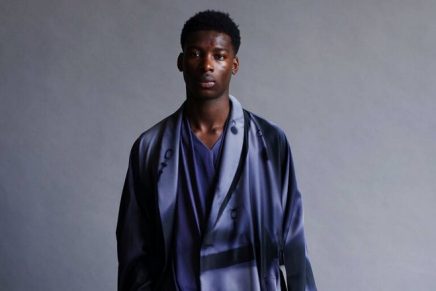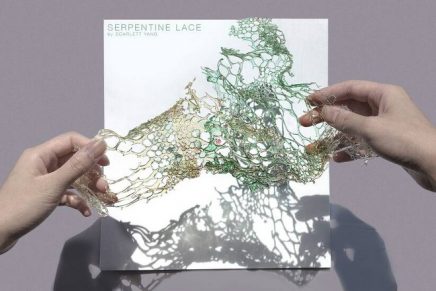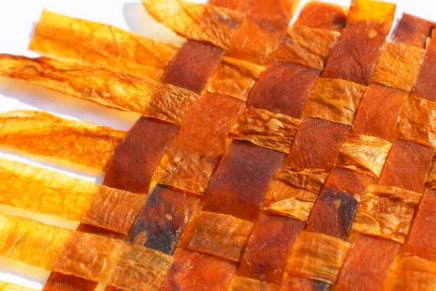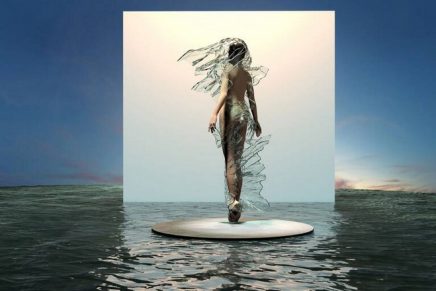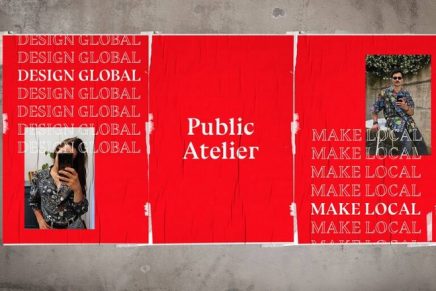Recycled, upcycled, and biodegradable: Sustainable innovation projects that demonstrate how design can respond to the climate crisis.
Central Saint Martins and LVMH announce five winners of Green Trail sustainable innovation event. The annual Maison/0 Green Trail show invites students to present sustainable innovation projects that demonstrate how design can respond to the climate change. The jury chose five winners whose propositions were especially pertinent.
LVMH, the biggest luxury group in the world, has for many years supported the Central Saint Martins art and design school to identify and promote tomorrow’s creative talents. In 2017 the partnership entered a new phase when LVMH launched a partnership with the renowned establishment to foster creativity and identify disruptive solutions to address future sustainability and innovation in luxury. This led to the creation of the Maison/0 program.
The Green Trail – soon to be launched in its entirety on the Central Saint Martins Graduate Showcase – spans the College’s disciplines and courses, highlighting design that responds to the climate and biodiversity emergency. The tricky task of choosing five winners was negotiated by a jury including Alexander Capelli and Clara Gomez from the LVMH Environment Team alongside fashion journalist Tamsin Blanchard and MA Biodesign Course Leader Nancy Diniz. Selected from a group of 27 nominated students, the five winners are awarded £1,000 each.
“Design is not just an act of creation, it is an act of contribution. In the face of climate and Covid-19 adversity, our graduates have demonstrated yet again the pertinence of creativity to re-imagine a better world. I feel privileged to witness such ingenuity and hunger to embrace ecological values in the design process and I am confident these designers will play a key role in reshaping their future industries.” – Carole Collet, CSM LVMH Director of Sustainable Innovation.
‘Once again, the Green Trail has highlighted very ambitious and ground-breaking projects. From slow fashion to cutting- edge biomaterials, from disrupting the fashion supply chain to redesigning our urban space with up-cycled materials; students have demonstrated their infinite capacity to rethink our creative practices, despite facing a very challenging context in 2020.’ – Alexandre Capelli, LVMH Deputy Environment Manager
Winners of the 2020 Maison/0 Green Trail:
SCOBY: Biodegradable raw material
Léa Hiralal created a collection of biodegradable body pieces made using a novel material called SCOBY, for Symbiotic Culture Of Bacteria and Yeast. This unique raw material grows differently each time, enabling the designer to show the beautifully unpredictable aspect of nature.
Public Atelier platform: Personalized clothes from recycled or upcycled textiles sold through a sustainable network
Alberto Giordano, for his “Public Atelier” project, a platform that enables designers to design and sell their garments, producing them locally with recycled or upcycled textiles through a network of ‘fab labs’ and makers. The platform’s tools allow the users to personalize their clothes, choosing the design, fabric, makerspace and maker, enabling them to become active producers in the system.
Mark-making on clothing without water or chemicals
Jiyong Kim uses the sun to fade secondhand fabrics as a sustainable way of mark-making without water or chemicals. In this poetic process, time – sometimes months – makes its mark before the designer transforms the fabrics into the final garments. This method avoids the use of chemicals or large quantities of water while significantly reducing waste.
The garments organically evolve, just as nature does over time.
Scarlett Yang developed a project called Decomposition of Materiality and Identities, a “circular living system” where garments grow, decompose and change shape throughout the time and changing environment.
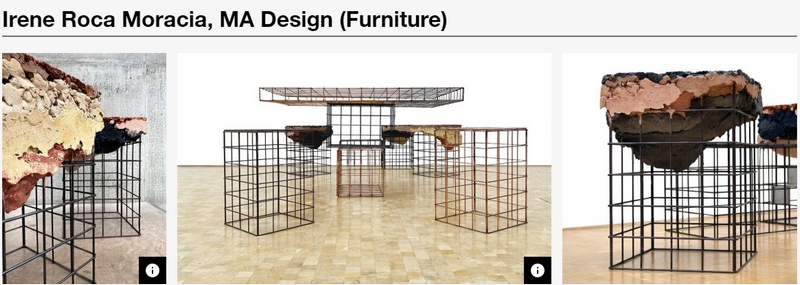
Irene Roca Moracia, MA Design (Furniture); collage @arts.ac.uk
New forms of more equitable architecture in Europe
Irene Roca Moracia presented grid structures as a critique of architecture in European countries and imagines new forms of more equitable architecture.
“This exercise is a critique of the way of producing and consuming architecture in European countries, from the point of view of sustainability and social inclusion. Are new constructions ethical, sustainable and tenable considering the quality produced and the volume of unfinished, empty real estate? I strongly believe we can use unfinished architecture structures, such as the ‘contemporary ruins’, to start creating more participatory environments that reflect society.”


